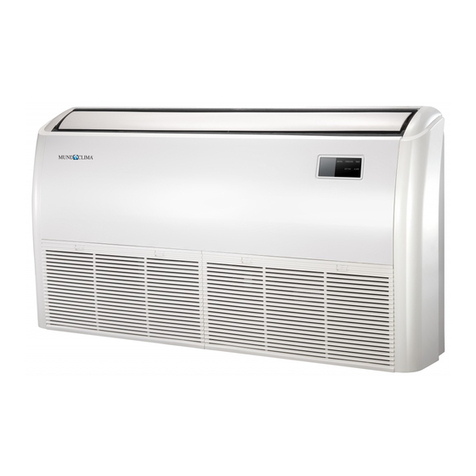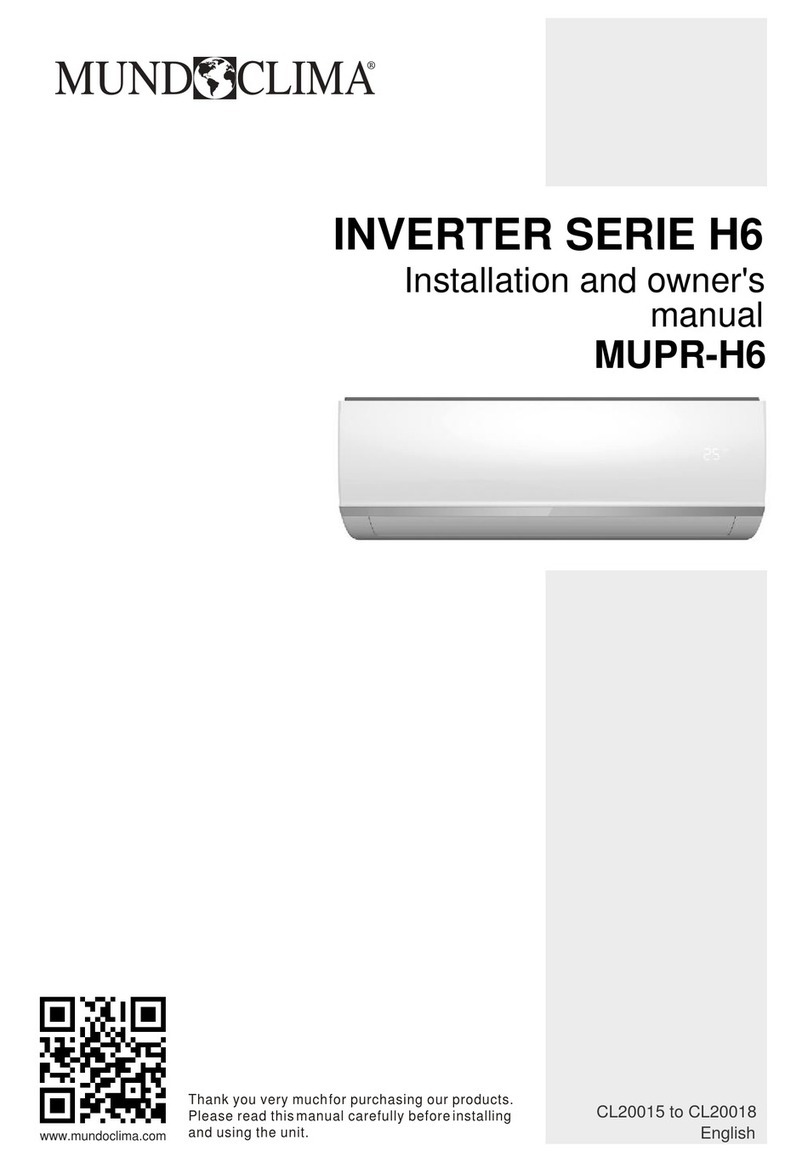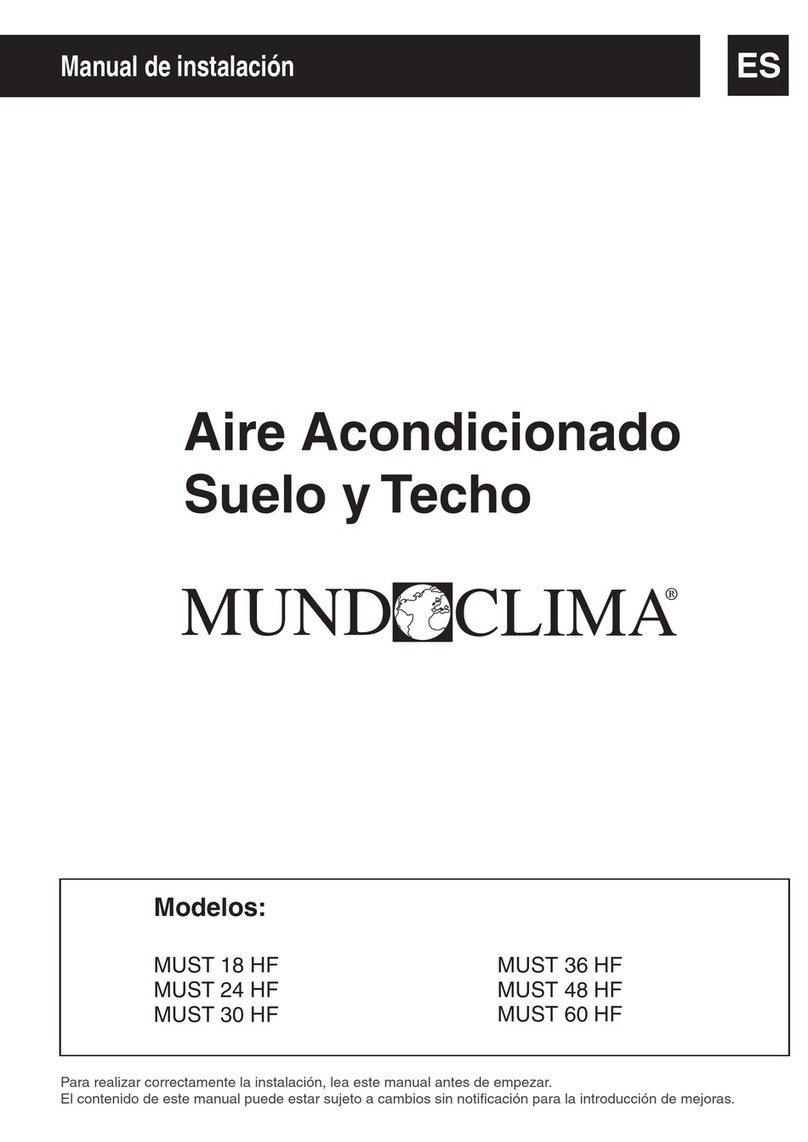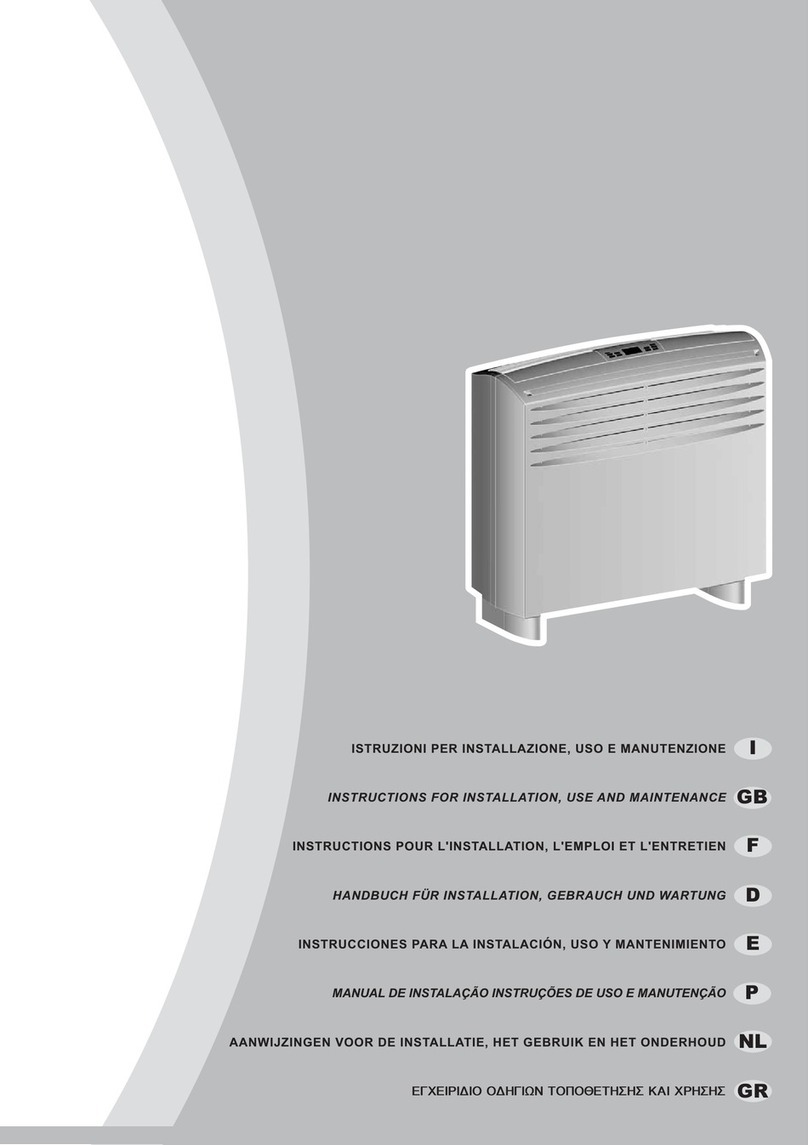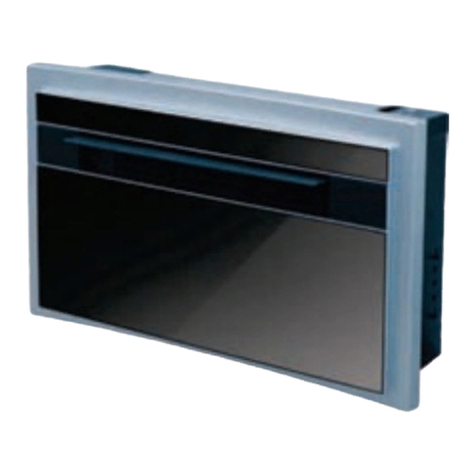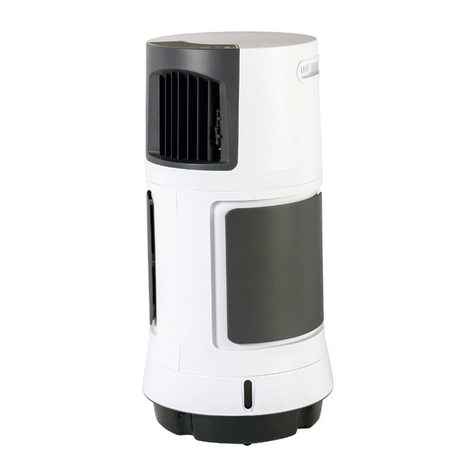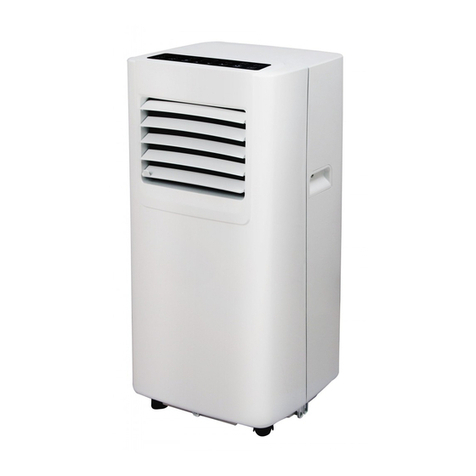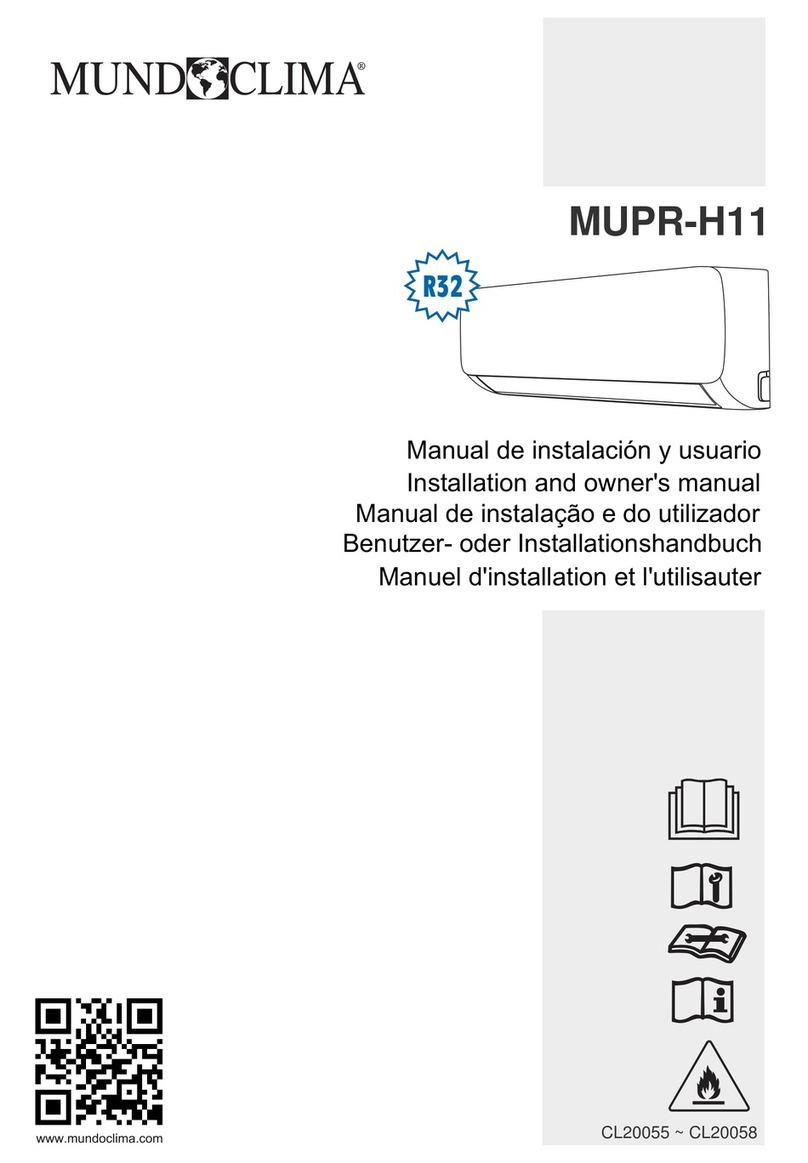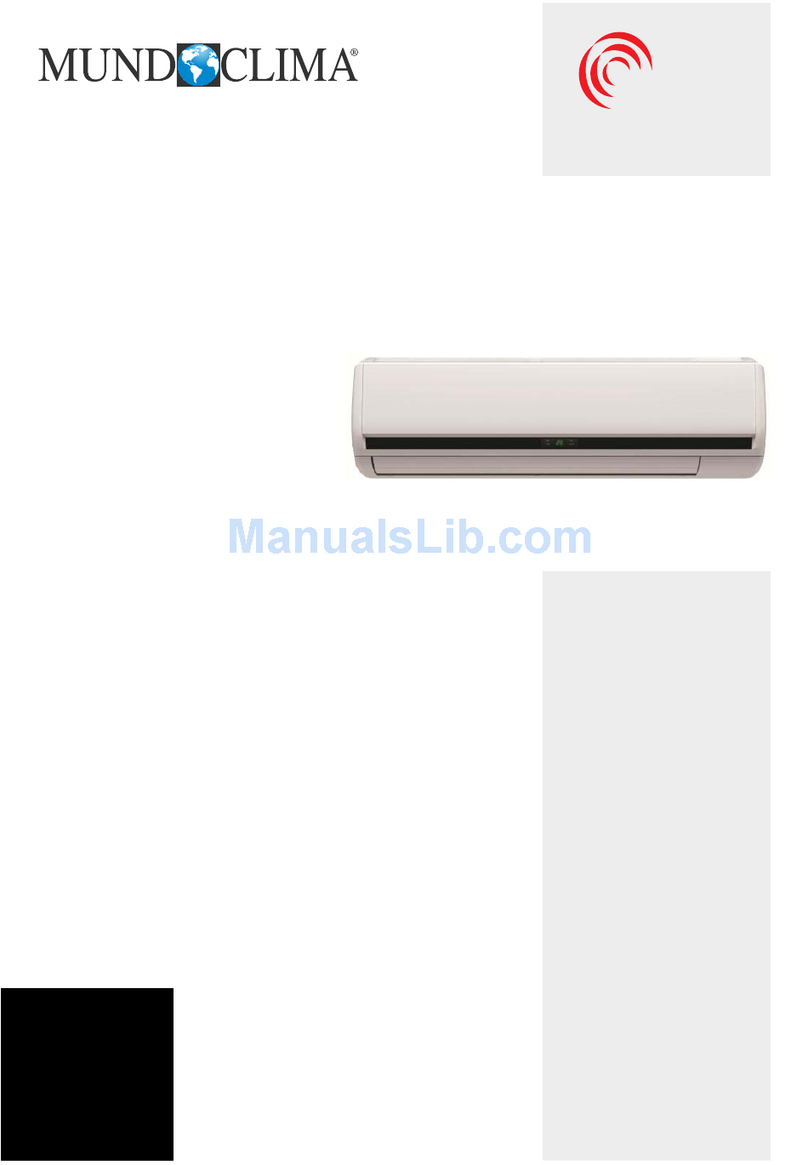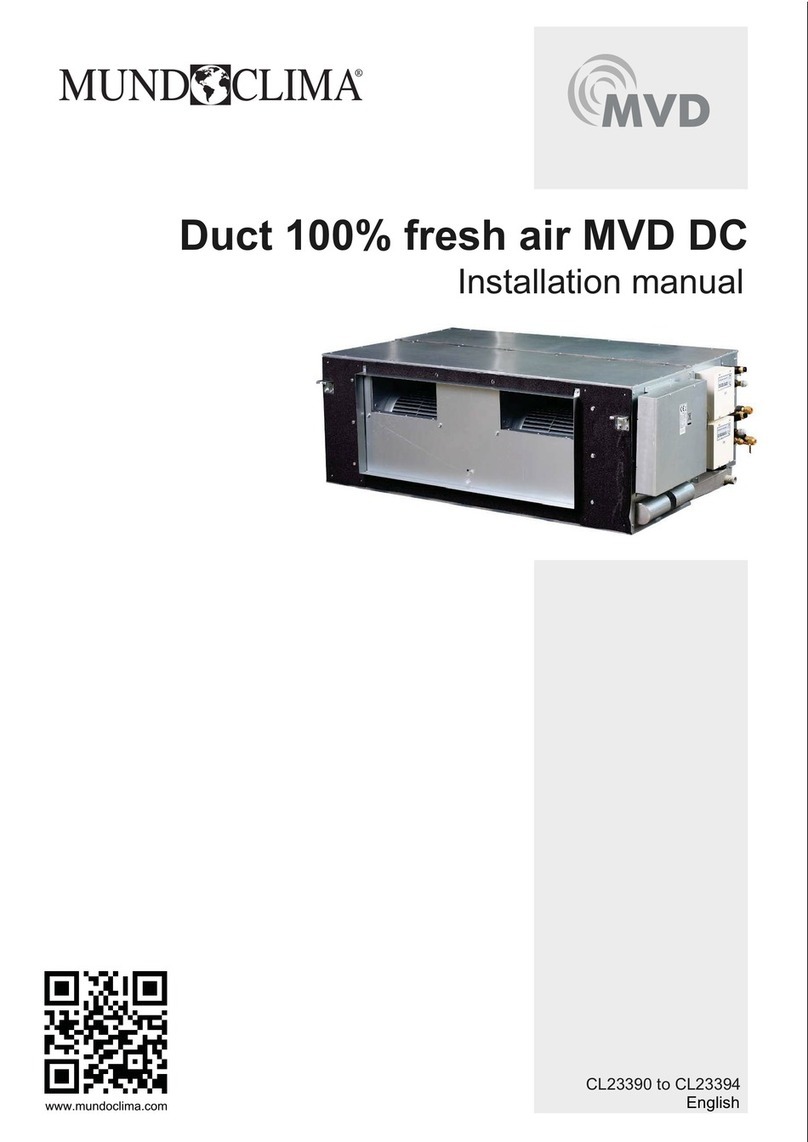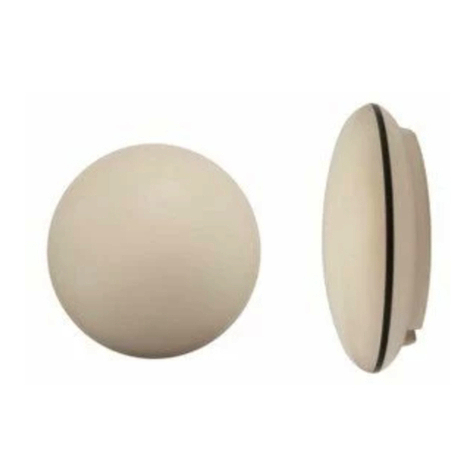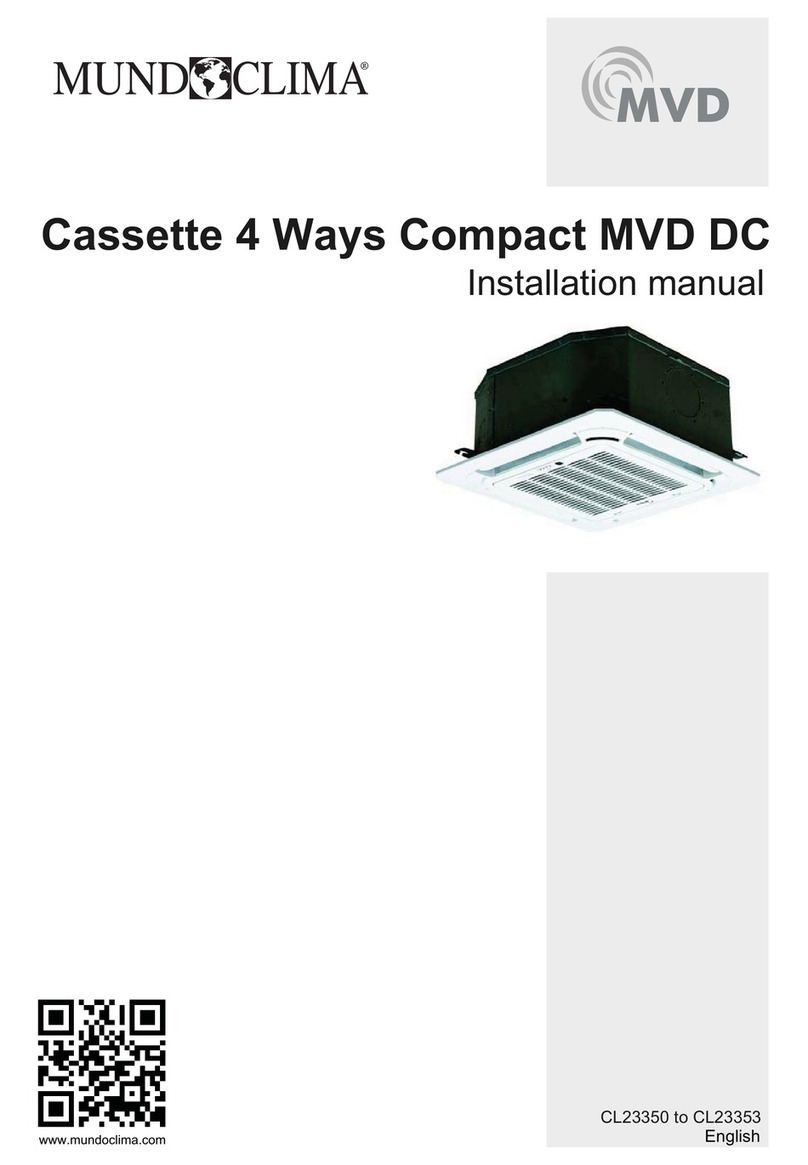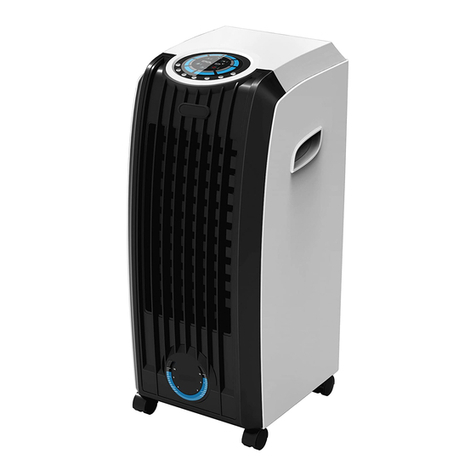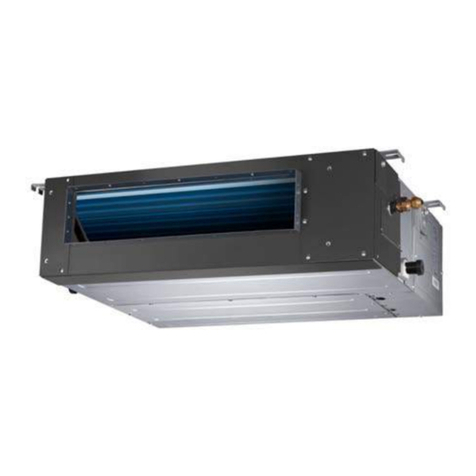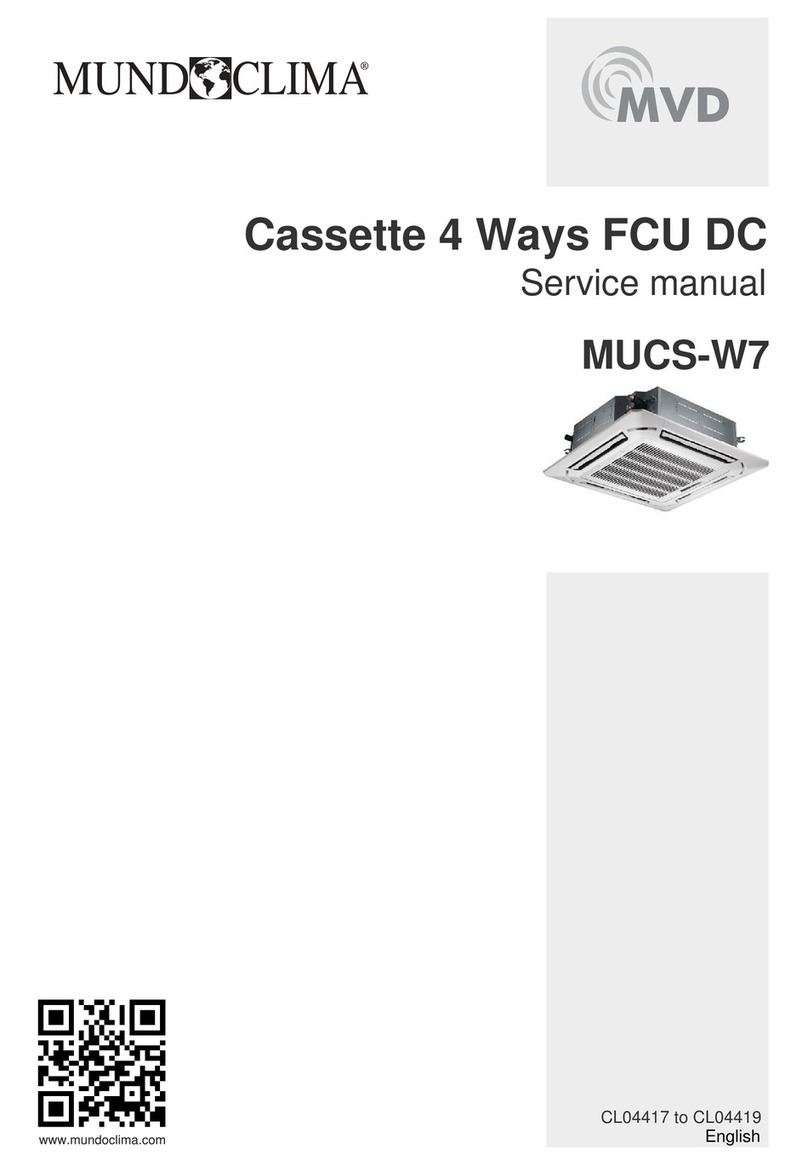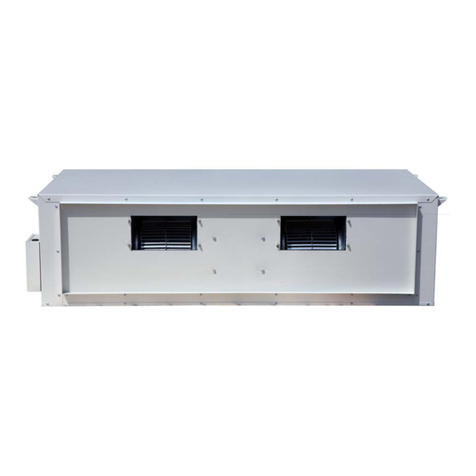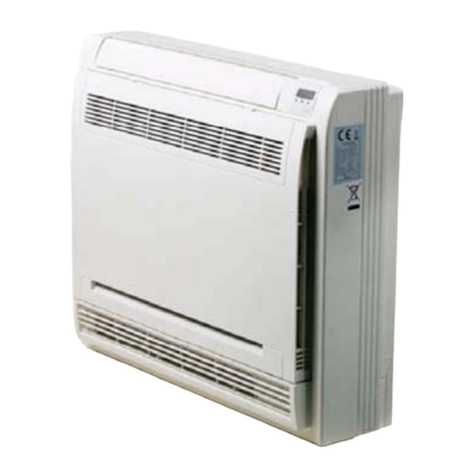
Overview
Meaning of Various Labels
Warning
Warning
Caution
Warning
A situation that may lead to severe injury or death.
What the Installation Operator Must Know
Overview
If you are uncertain on how to install or run the unit, please contact the agent.
Make sure the installation, testing and materials used comply with the
applicable law.
Plastic bags should be disposed of properly. Avoid contact by children.
Potential risk: Asphyxia.
Do not touch the refrigerant piping, water piping or internal parts during
operations, and when the operation has just been completed. This is
because the temperature may be too high or too low. Let them recover to
the normal temperature first. Wear protective gloves if you must come in
contact with these.
Do not touch any refrigerant that has accidentally leaked.
Installation site
Provide sufficient space around the unit for maintenance and air
circulation.
Make sure the installation site can bear the weight of the unit and
vibrations.
Make sure the area is well ventilated.
Make sure the unit is stable and level.
Do not install the unit in the following locations:
An environment where there is a potential risk of explosions.
Where there are equipment emitting electromagnetic waves. Electromagnetic
waves may disrupt the control system, and cause the unit to malfunction.
Where there are existing fire hazards like leakage of flammable gases,
carbon fibres, and combustible dust (such as diluents or gasoline).
Where corrosive gases (such as sulphurous gases) are produced.
Corrosion of copper pipes or welded parts may lead to refrigerant leakage.
During the test, do not exert a force greater than the maximum allowed
pressure on the product (as shown on the nameplate).
Take appropriate precautions to prevent refrigerant leakage. If the
refrigerant gas leaks, ventilate the area immediately. Possible risk: An
excessively high concentration of refrigerant in an enclosed area can
lead to anoxia (oxygen deficiency). The refrigerant gas may produce a
toxic gas if it comes in contact with fire.
Refrigerant must be recovered. Do not release it to the environment.
Use the vacuum pump to draw the refrigerant out from the unit.
Make sure the refrigerant piping is installed in accordance with the
applicable law. In Europe, EN378 is the applicable standard.
Make sure the piping and connections are not placed under pressure.
After all the piping connections have been completed, check to make
sure there is no gas leak. Use nitrogen to conduct the leak check for gas.
Do not charge refrigerant before the wiring layout is completed.
Only charge the refrigerant after the leak tests and vacuum drying
have been completed.
When charging the system with refrigerant, do not exceed the
allowable charge to prevent liquid strike.
Refrigerant
Only use tools specific to the type of system refrigerant to make sure the
system can withstand the pressure, and prevent foreign objects from
entering the system.
Follow the steps below to charge the liquid refrigerant:
Open the refrigerating cylinder slowly.
Charge the liquid refrigerant. Charging with gas refrigerant may hamper
normal operations.
Do not charge more than the specified amount of refrigerant. This is to
prevent the compressor from malfunctioning.
The refrigerant type is clearly marked on the nameplate.
The unit is charged with refrigerant when it is shipped from the factory. But
depending on the piping dimensions and length, the system require
additional refrigerant.
The precautions and things to note in this document involve very important
information. Please read them carefully.
All the activities described in the installation manual must be performed by
an authorized installation personnel.
Please wear the appropriate personal protective tools during installation,
maintenance or repair of the system (protective gloves, safety glasses,
etc.).
Do not touch the air inlet or aluminium fin of the unit.
The figure shown in this manual is for reference only and
may be slightly different from the actual product.
Improper installation or connection of equipment and accessories
may cause electric shocks, short circuits, leaks, fires, or other
damage to the equipment. Use only accessories, equipment and
spare parts made or approved by manufacturer.
Take appropriate measures to prevent small animals from entering
the unit. Contact between small animals and electrical components
may cause system malfunction, leading to smoke or fire.
Do not place any object or equipment on top of the unit.
Do not sit, climb, or stand on the unit.
Operation of this equipment in a residential environment could
cause radio interferece.
1
1.1
1.2.2
1.2.3
1.2
1.2.1
Caution
A situation that may lead to mild or moderate injury.
Note
Note
A situation that may cause damage to the equipment or loss of property.
Information
Indicates a useful hint or additional information.
ۄ
Note
1. Overview ....................................................................................... 3
2. About the Packing Box .................................................................. 4
3. About the Outdoor Unit Combination ............................................. 5
4. Preparations Before Installation ...................................................... 7
5. Outdoor Unit Installation..................................................................13
6. Configuration .................................................................................23
7. Commissioning ..............................................................................27
8. Maintenance and Repair ...............................................................28
9. Error codes ....................................................................................29
10. Disposal ..........................................................................................29
11. Technical Data ..............................................................................30
Contents
Installation manual Maxi MVD V6X
INSTALLATION MANUAL
3
12. Automatic refrigerant charging guideline ........................................40


